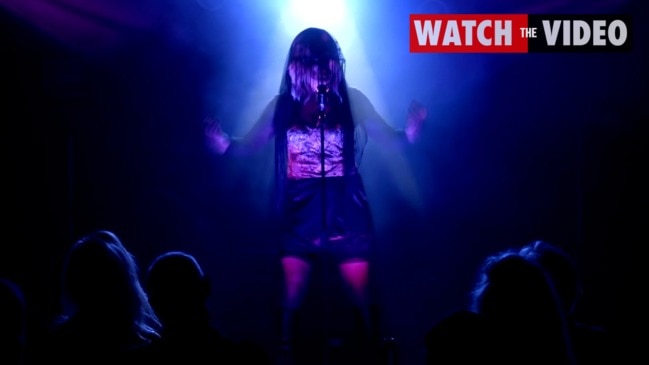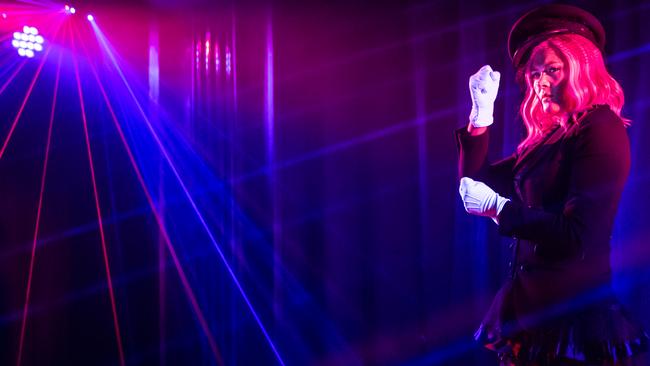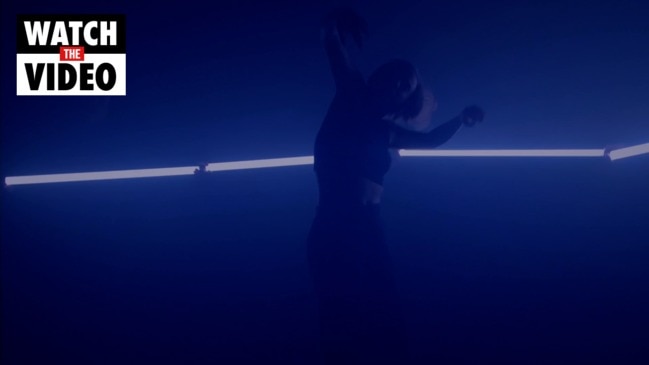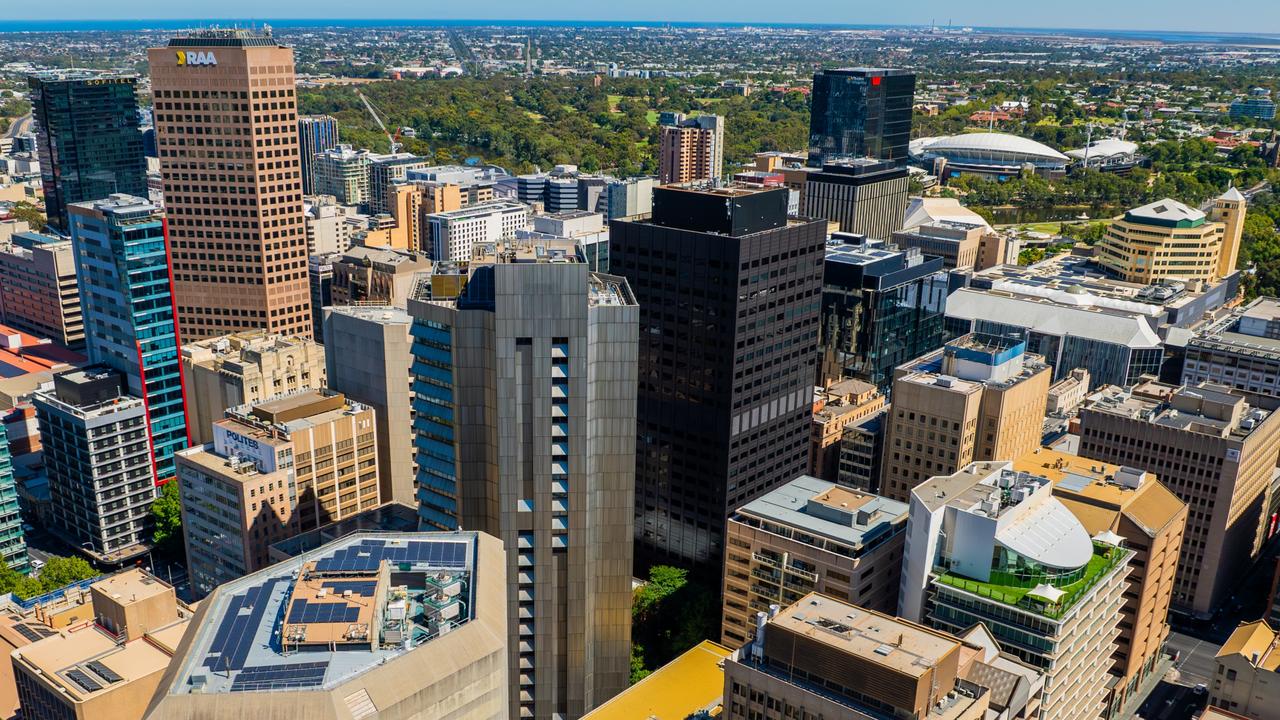Adelaide theatre company’s fusion of art and tech taking world by storm
From Adelaide to Hollywood and Edinburgh, Black Box Live’s fusion of art and technology is reaping rewards on the international arts scene.

Future Adelaide
Don't miss out on the headlines from Future Adelaide. Followed categories will be added to My News.
When theatre doors slammed shut in early 2020, it spelled the toughest period in decades for Australia’s artistic community. But, for Adelaide’s Joanne Hartstone and her partner Tom Kitney, it opened the door to a new collaboration between art and technology – one that has taken the world by storm.
Hartstone and Kitney are well-known figures on the national and international arts scene. Since 2017, their multi-award winning production house, Hartstone-Kitney Productions, has been featuring in arts festivals and markets around the globe. Closer to home, the duo’s Black Box Theatre at Adelaide Botanic Garden as part of the Adelaide Fringe are an annual success.
But when Covid arrived on Australia’s shores in early 2020 and the country went into lockdown, theatres sat empty, with stages devoid of performers. Passionate about performing, Hartstone and Kitney refused to bring down the curtain on their livelihoods and instead looked to a relatively new art form – digital theatre.
“When we realised what Covid meant for our industry, we immediately thought, ‘How do we get our productions online?’,” Hartstone recalls. “We started doing research and having a look at what other people were doing. We spent months learning new technologies and discovered you need the right equipment, microphones and dynamic viewing options, so that it’s not just a passive videostream at the back of the theatre but actually becomes a whole art form in itself.”

The duo debuted this technology at the 2021 Adelaide Fringe, streaming 48 shows over five weeks to 38 countries. “We think that made us the largest livestreaming venue in the world at that time,” Hartstone says. “Suddenly we’ve gone from several thousand ticket sales at the Adelaide Fringe and CBD and we’re reaching 38 countries with thousands of viewers as well. There was hesitancy from some diehard theatregoers that watching a performance online wasn’t going to be the same as in the theatre, but when they gave it a go, they realised it was very much like being in a theatre.”
Much of that success comes from the value adds Hartstone and Kitney bring to each production. “Things like using microphone technology to create binaural sound which sounds like it’s coming from different directions,” Hartstone says. “Also being able to utilise projections and overlay images using multiple cameras to get that dynamic experience so you feel you have the best seat in the house.”
With the Adelaide Fringe at an end and the global pandemic still raging, the couple’s next challenge was how to continue this new art form and export it beyond Adelaide. “We applied to Arts South Australia and applied to livestream at the Hollywood Fringe, Hollywood Theatre and to have on-demand content for the Edinburgh Fringe,” Hartstone says. “So suddenly we have this export from South Australia to the rest of the world and we are able to participate in international festivals without leaving home.
“It was a huge project but we got great reviews and won three awards during the Hollywood Fringe, overall Best Dance and Physical Theatre Award for EGG, and two Encore Producer’s Awards for The Reichstag Is Burning and EGG. And all without leaving home – we were so proud.”

Digital theatre has also been paramount in building a valuable resource stream for artists who have been locked out of live performances for the past 18 months, creating a much-needed lifeline in rough seas. “It makes the work that tangible product that you can have for a bit longer than one night in the theatre, so it opens up new revenue streams for artists,” Hartstone says. “Live and broadcast performances are two completely different genres. Putting on a show for one night is an expensive thing to do, so being able to have that one night performance as an ongoing income commodity that is available for people to watch in perpetuity, means that that one night becomes a month-long season without having to extend the physical theatre.
“At the moment it’s still emerging but I think it’s definitely a way forward that will benefit artists in the long run. At the moment we need government support to get it up and running but once we have a larger amount of content on our streaming website then it becomes a new way to digest performances.”
With Australia and the world close to reopening theatre doors in the near future, will that signal the end for Black Box Live and digital theatre? The answer is a firm no.
“We don’t want live theatre to go away because that’s where our foundation is as practitioners, but we think that, as well as live performance, livestream and on-demand digital content will be the way forward for the arts industry,” Hartstone says. “And it ticks so many boxes in terms of opening up accessibility: even though it has emerged from the majority of us not being able to go to the theatre, there is more of a minority who still can’t go to the theatre; whether that’s because they live in Whyalla and can’t get to Adelaide, it’s too expensive or for other reasons. It’s bringing those barriers right down and it makes theatre a lot more accessible.”
blackboxlive.com.au



